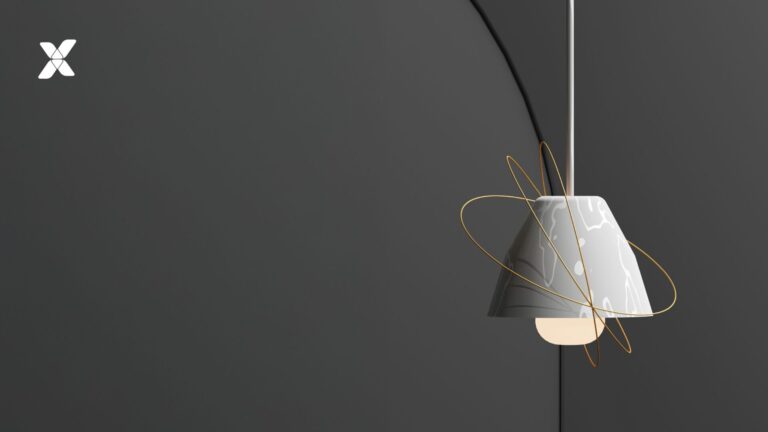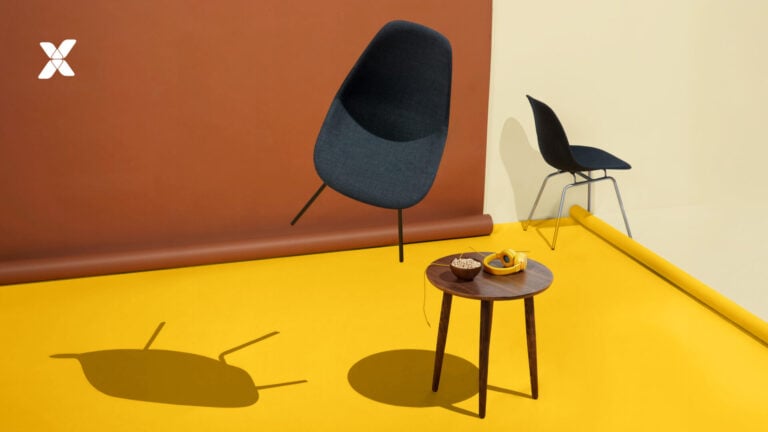We have consistently taught children that the process is greater than the product and that the journey is what makes the destination so sweet.
Now it is time to apply that basic human truth to the way we treat customers.
In today’s world, consumers are willing to put their spending power behind the journey. Increasingly, customers care more about the buying process itself and the ability to share that journey with their networks.
The key for businesses is to find out how to tie their product to that journey.
Products can no longer stand alone as the ultimate goal. Rather, these wares must live alongside desirable experiences, showcasing a journey from which consumers derive meaning and joy.
In fact, a study by Harris Group found that 72% of millennials would rather spend their money on experiences rather than on material goods.
What does this mean practically? It means that businesses must shift their strategies of the omnichannel retail experience toward better creative execution.
Creative Execution in Action
To understand what improved creative execution means for the customer journey, let’s look at some real-life examples.
Nordstrom
Purchasing a shoe was once about comparing what a store had to offer, picking a shoe, and buying it. Today, with customers demanding experiences over products, how does a business continue to sell a shoe successfully?
Nordstrom put its creativity to work by adding an experiential element to shoe buying. The Washington Post, when reporting on this new experience, tied the concept to the trend Millennials are leading: experience over stuff.
Nordstrom added counters to their shoe department, where customers can sort through various designs, fabric samples, and heel heights. Picking out each preferred component, the customer can then design their own shoe.
Nordstrom took a task that was previously focused on the product and turned it into an experience.
LoveSac
Another great example of a business that took something once solely focused on purchasing a product and turned it into an experience is LoveSac.
Using our trusted partner Threekit, LoveSac allows customers to design a custom LoveSac Sactional with limitless options of fabrics, leathers and Faux “Phurs.” They can even add accessories such as power hubs or drink holders to make their own unique design.
Not only that, but as a customer swaps out colors and components of a piece of furniture, they can also place it in their own living room through Threekit’s augmented reality capabilities.
This experience is essentially doing the work of a traveling door-to-door salesperson through a virtual omnichannel experience.
LuluLemon
Taking a different angle to the experience over things approach is LuluLemon.
LuluLemon is now offering concierge services independent of its products that allow a customer to schedule experiences. These experiences include coaching, nutrition and city-run mapping, and access to classes and studios that you may not otherwise have.
As writer Kristin Tice Studeman described the experience:
“Within minutes, I had insider tips on not only the top boutique fitness studios in the city but — even better — I also had the names of the best teachers at those studios. Alex confidently rattled off several spots, vetted by Lululemon’s staff, like BFX Studio on Sixth Avenue, a full-body studio offering spin classes, high-intensity interval training, and personal training. (I was told Bianca’s BFX burn classes are the ones to book.) For boxing, she suggested NYC-favorite Shadowbox, and for yoga, she said Ali Cramer’s classes at Laughing Lotus are a personal favorite. I was also given mini notecards with all of the contact info and addresses for each of these studios, so I didn’t need to worry about frantically typing it all into my phone.”
How Can You Improve the Way Customers Interact with Your Products?
While consumers are demanding experience over things, the reality is that your business still needs to move products. The question then becomes, how do you improve the way customers interact with your products?
The answer is by creating an experience through one or many of the following methods.
Visual Access
Customers are now able to either through virtual, or augmented reality, see your products on their bodies, in their homes, at the beach, in their backyards, or wherever they would envision using your products.
More and more brands are beginning to offer this blend between the physical and virtual world, creating an experiential test of products from anywhere, at any time.
The beauty of this new augmented world is that customers are actually gaining a better experience than they would have in traditional brick-and-mortar settings.
In the LoveSac example, couches could be placed virtually into their home, allowing the customer to easily understand sizing, the look, and the feel of different products prior to actually buying anything.
Special Access
Another key differentiator for brands and their digital experience is to include special access to exclusive items, clubs, gifts, and content.
Take the example of LuluLemon; by visiting a store and being a client, customers can get an inside scoop and exclusive access to fitness clubs.
While Kade might not have dropped $100 on a pair of leggings, Kade would drop $100 on a pair of leggings if it also meant that she was buying access to a lifestyle.
Personalization
Today, it is critical to turn what you know about your customers into a veritable how-to on what drives them to engage with your experiences.
Using analytics to better understand things like demographic cohorts (who’s purchasing your items), time of day segmentation (when are they purchasing them), and abandoned cart metrics (what they’re leaving behind) are a few of the ways you can do this now.
The result is a personalized approach to sales, fueled by experiences that will speak to your customer’s needs and interests.
For example, if you know that Hannah aligns her beliefs to a sustainability-focused lifestyle, providing her with exclusive access to a webcam of rehabilitated sloths when she purchases your bamboo bed set is a great way to add experience to a standard purchase.
Events
Another great method for weaving experience into the customer journey is to create events around products. Rather than simply walking away with a physical product in hand, give your customers an experience.
A great example of this is New Belgium Brewing’s Cellar Club. By purchasing a membership to the Cellar Club, customers receive a new exclusive release of specialty beers each month. Along with this beer, members get access to special events, tastings, and even get to talk with the beer brewers.
While New Belgium Brewing could have simply sold its exclusive cellar series of beers as a stand-alone product, they instead chose to sell a once-in-a-lifetime experience.
Product Loyalty is Dead. What Will You Do About It?
Your competitors are actively curating experiences to attract customers away from groups they have traditionally been product-loyal to.
Millennials, in particular, are more than willing to shift their loyalty from the product that they like to the company that stands with their belief system, and they are even willing to pay more for it.
How does your willingness to speak up affect the bottom line?
With product loyalty dead, your brand has to be willing to speak up on key issues.
A study by PR Daily cites that 62% of millennials favor products that show off their political and social beliefs. And according to 5WPR’s 2020 Consumer Culture Report, 83% of this young demographic wants companies to align with their values, and 76% want CEOs to speak out on issues they care about.
For audiences in the millennial demographic, brand managers must demonstrate that they align on social issues.
Tying key causes into your digital experience is another great way to optimize omnichannel retail.
Looking back to Hannah, who cares about sustainability and sloths, when she purchases that bamboo bed set, maybe she not only gets access to a webcam view of rehabilitated sloths, but she also gets to see a sloth get fed a special treat that she sponsored.
Experience is the New Differentiator
According to research from PWC, 86% of buyers are willing to pay more for a great customer experience.
Additionally, the more expensive the item, the more they are willing to pay.
Similarly, a Walker study found that at the end of 2020, customer experience will overtake price and product as the key brand differentiator.
Experience is a true differentiator capable of incredible feats.
Experiences Create Loyalty
While data is allowing brands to create increasingly optimized digital experiences, consumers are wary.
In fact, according to a study by PWC, 43% of U.S. consumers say they would not permit companies to collect their personal data (such as location, age, lifestyle, preferences, and purchase history) to allow for more personalized, customized experiences.
However, this study unveiled another interesting fact — 88% of the same consumers said how much they trust a company determines how much they’re willing to share personal information.
Trust and loyalty translate to better experiences, and better experiences translate to profit.
Experiences Drive Acquisition, Satisfaction & Retention
Not only are customer experiences driving loyalty, but these experiences are also almost equally driving the fight for:
- Current customer satisfaction and retention
- Cross-selling and up-selling opportunities
- New customer acquisition
In a study by Adobe, they showed that an investment in Adobe Experience Cloud alone resulted in a 10% increase in average order value and a 25% increase in close rates—and that’s just one part of an overall experience strategy.
What’s Next?
In today’s omnichannel retail market, you have to know your customers. First-person data that comes from experience-led efforts will snowball. The experiences that you will be able to offer your customers will gain relevancy every time they interact.
The better the experiences you offer, the more loyal your customers will become.
Here to Partner with Your Team
At Vaimo, we are here to help you in this era of experience over things.
By leveraging our experienced team and key partners like ThreeKit, we can help you create and connect in ways that others can’t.
Reach out today for a free consultation and learn more about building experience into your brand’s identity.








